
Connect the Financial dots unapologetically.
Scouring analysis,
in patented big-data & augmented web.
Credit sadist at times.
ex hedgie
👇 get a free account
2 subscribers
How to get URL link on X (Twitter) App

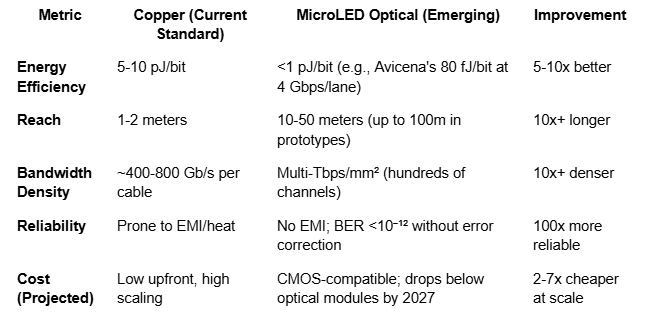

https://twitter.com/michaeljburry/status/1990171815155752976
 2/10
2/10

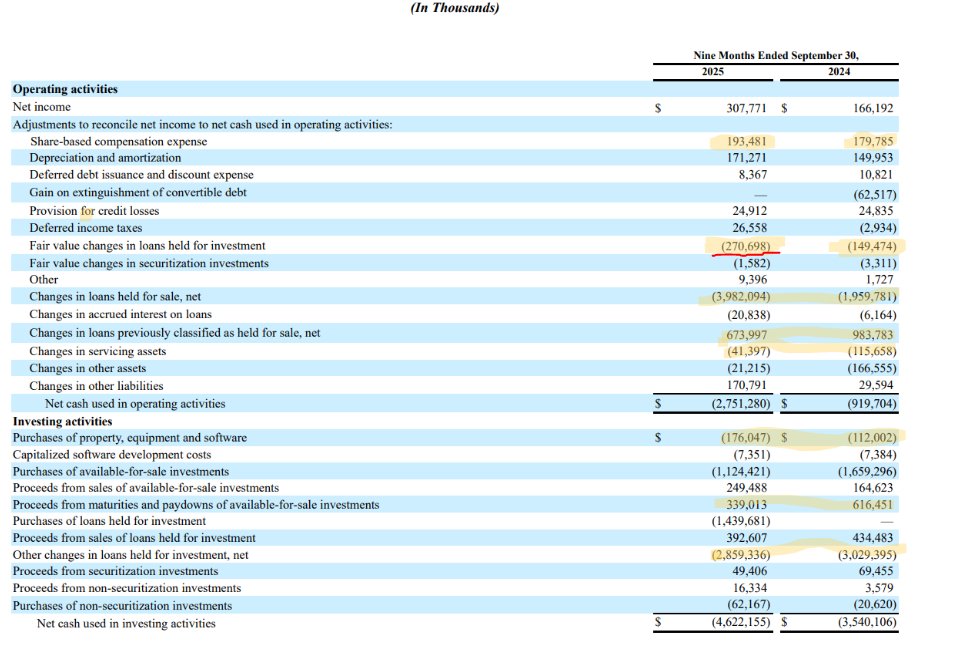
 2/14
2/14
https://twitter.com/GraphCall/status/1987932209278234960FALSE LIQUIDITY FROM MANY PARTIES:

 Why would any central bank be crazy enough to stimulate a bubble?
Why would any central bank be crazy enough to stimulate a bubble? 


https://x.com/MacroEdgeRes/status/1981503533271671039
 2/18
2/18







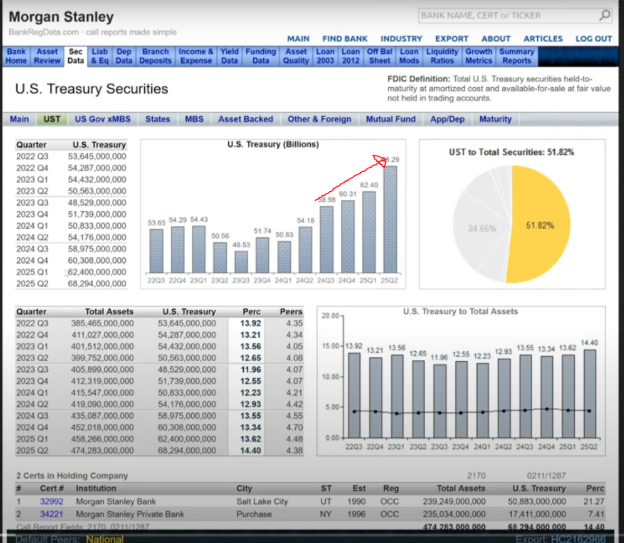
 2/15 Morgan Stanley is not the only one to be stuffed with U.S. Treasuries,
2/15 Morgan Stanley is not the only one to be stuffed with U.S. Treasuries,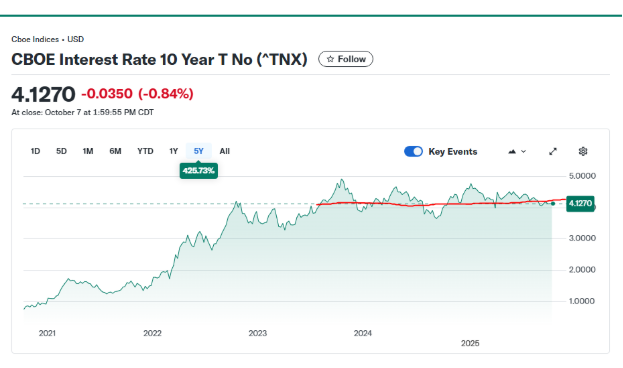
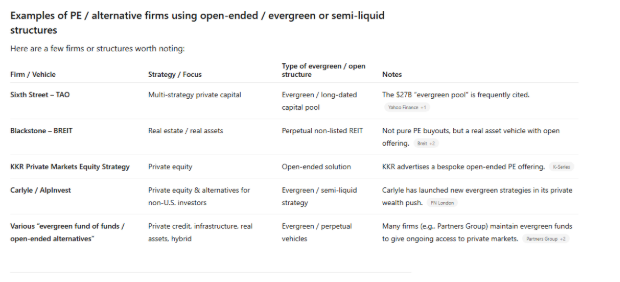
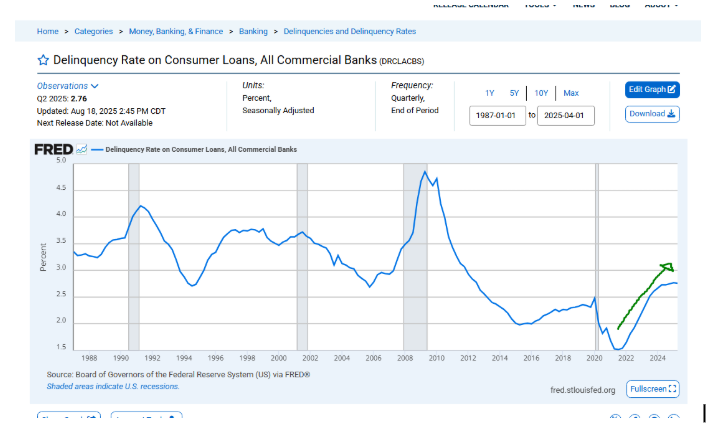
 2/25
2/25
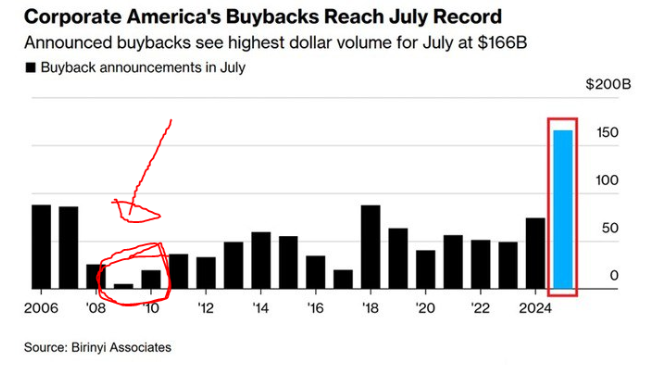


 2/8 (quick reminnder context)
2/8 (quick reminnder context) 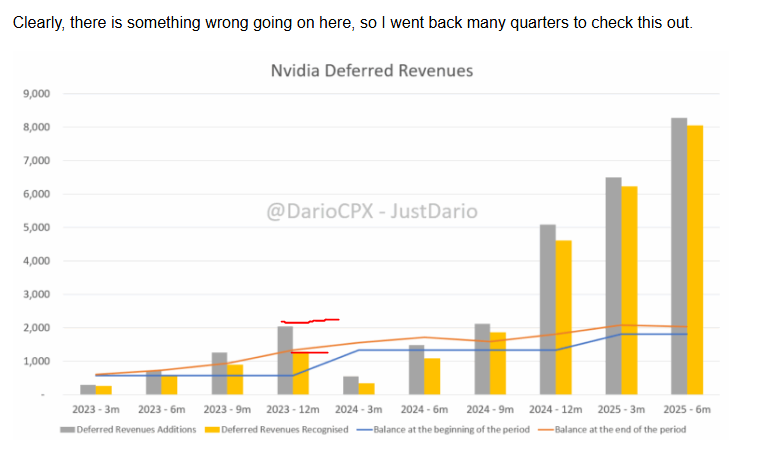
https://twitter.com/DarioCpx/status/19611772701541175892/10 NVDA had a lot of deferred revenues versus recognition back in the end of 2023, in short every one is giving them their "money in advance" to reserve the chips. That's why you have the deferred revenues ("The reservation" like you would pay the restaurant before eating)


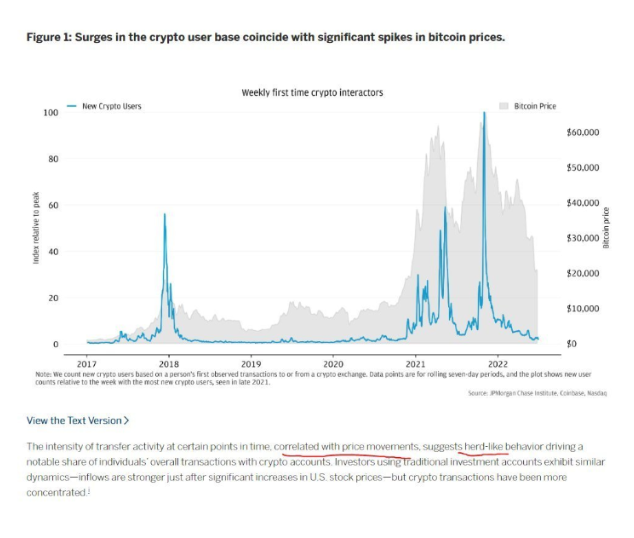
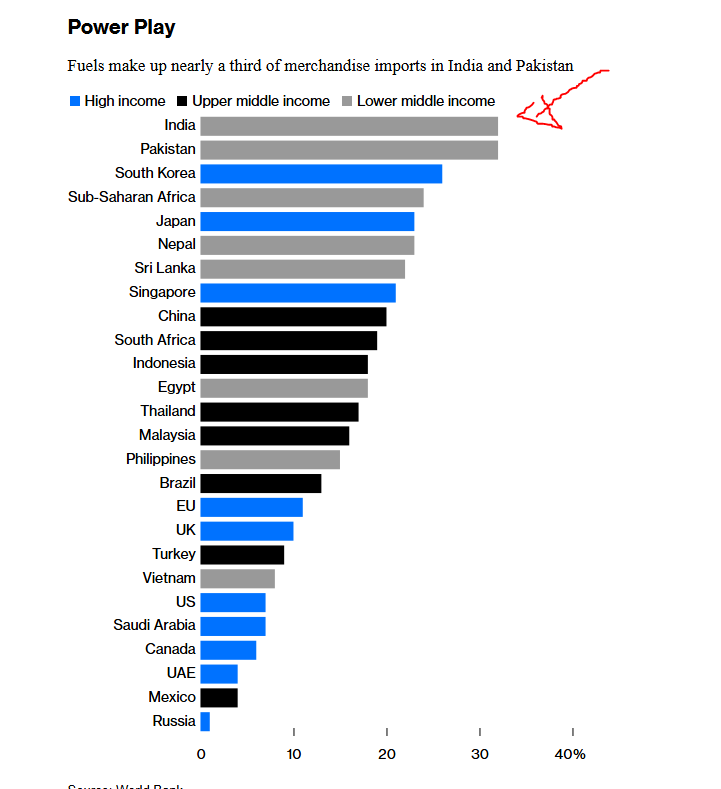

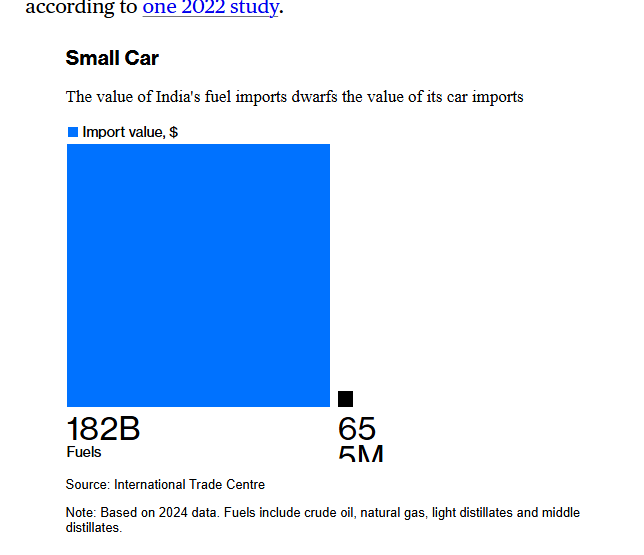 2/5 But don't count on China to supress the cut throat cost plunge in Battery. It's not like Solar where everybody is losing money, BYD still makes money CATL is coming up with Sodium battery in mass production at 170 wh/ kilo with Nextra by year end. And 200 wh/ kolp in 2 years.
2/5 But don't count on China to supress the cut throat cost plunge in Battery. It's not like Solar where everybody is losing money, BYD still makes money CATL is coming up with Sodium battery in mass production at 170 wh/ kilo with Nextra by year end. And 200 wh/ kolp in 2 years.